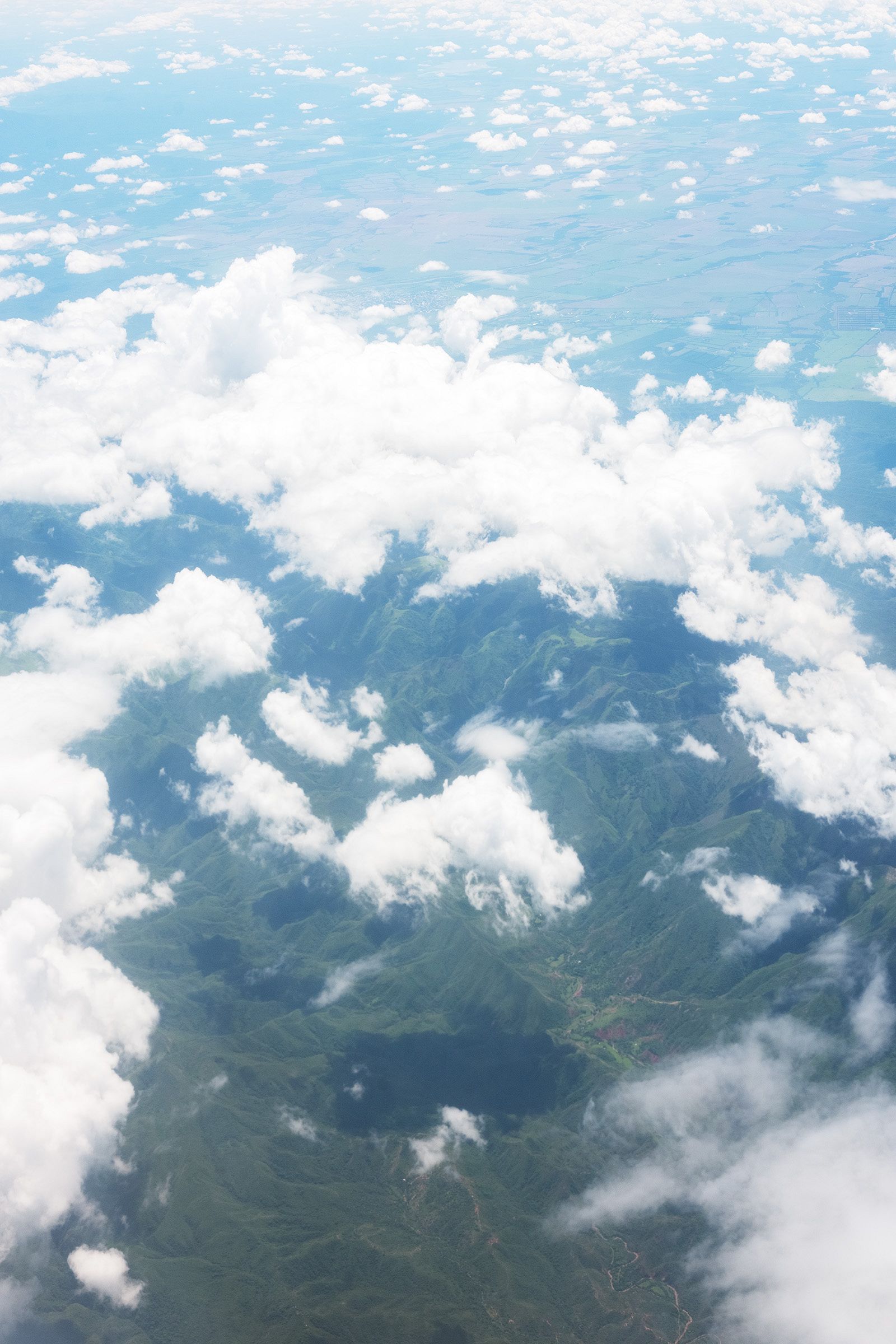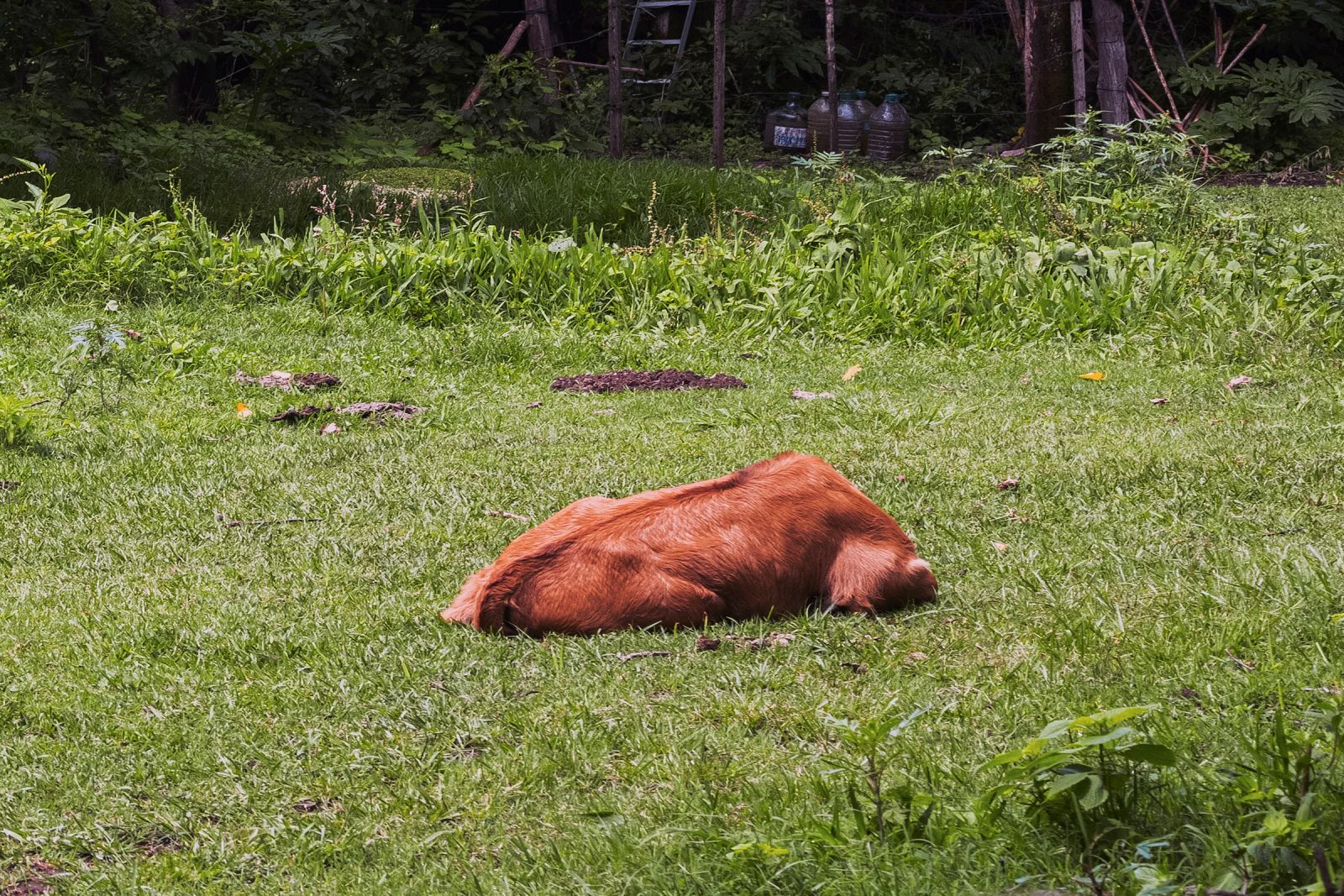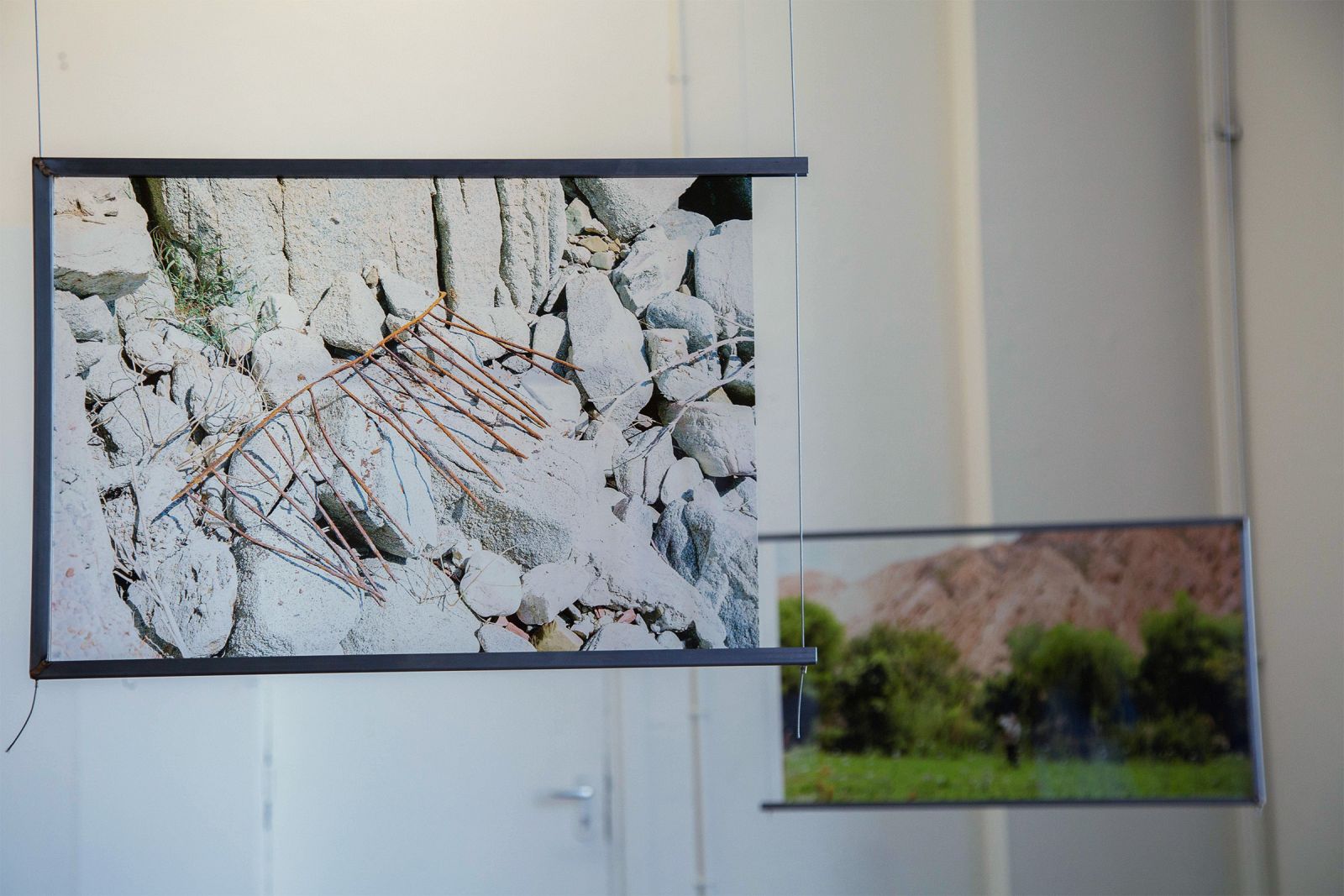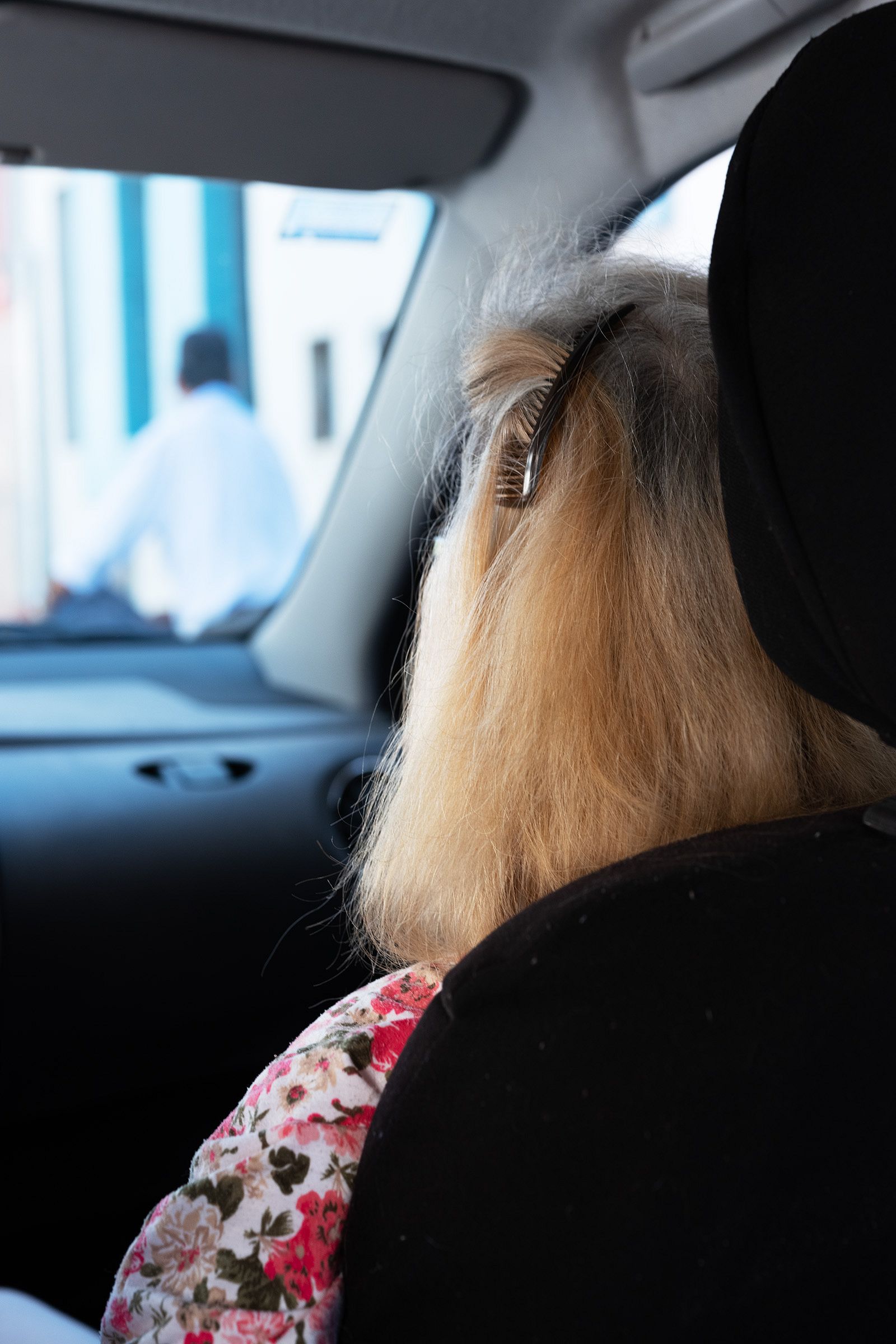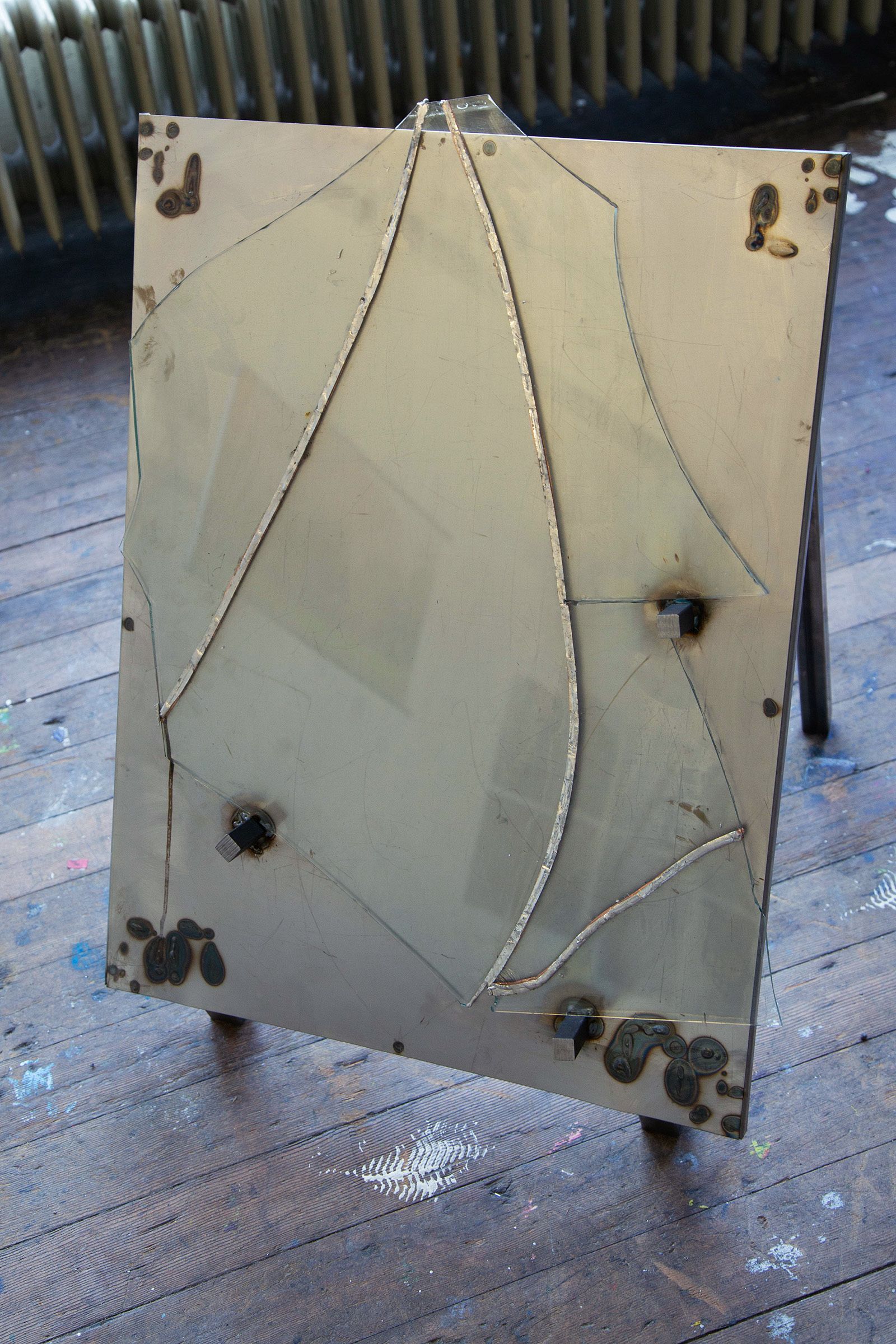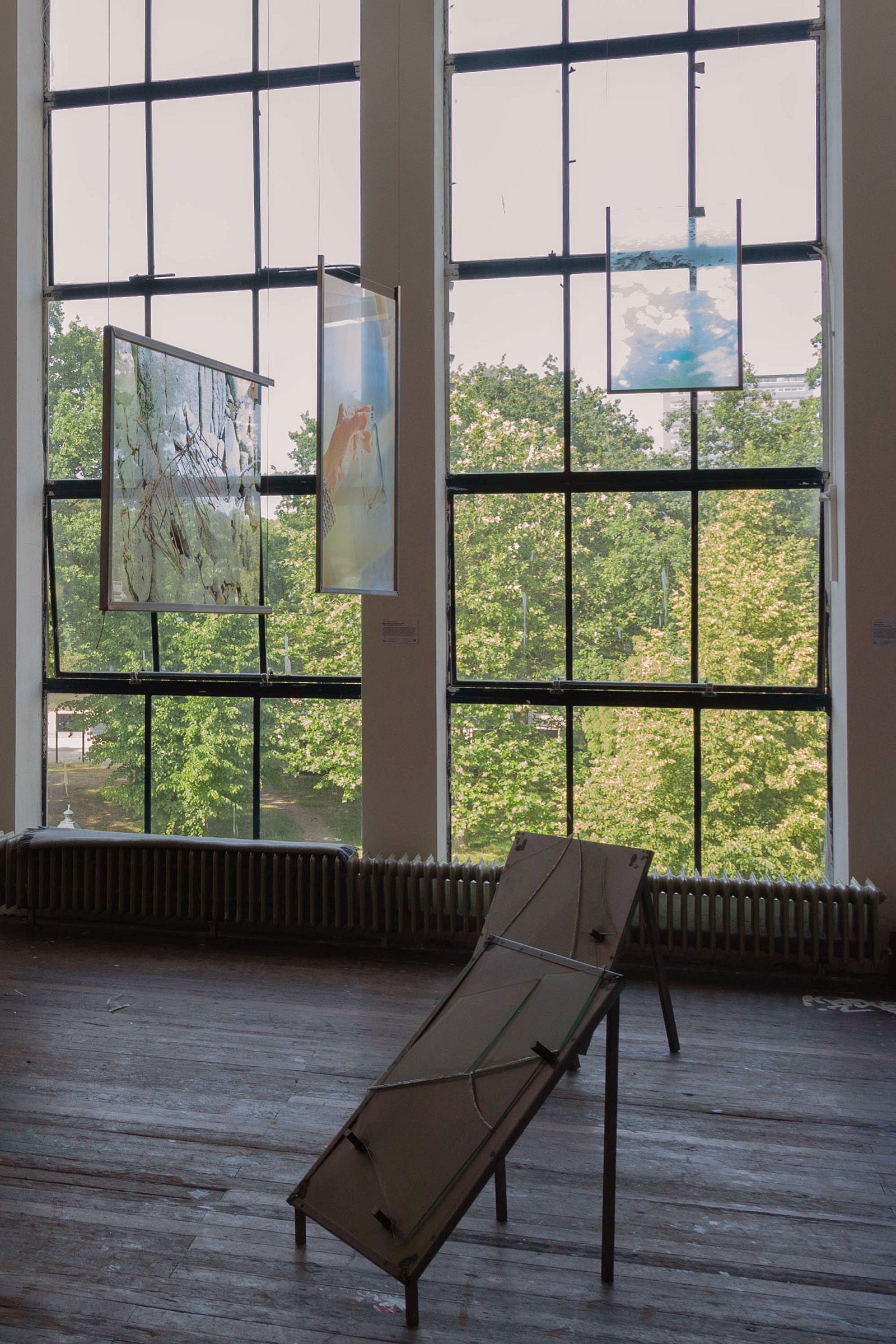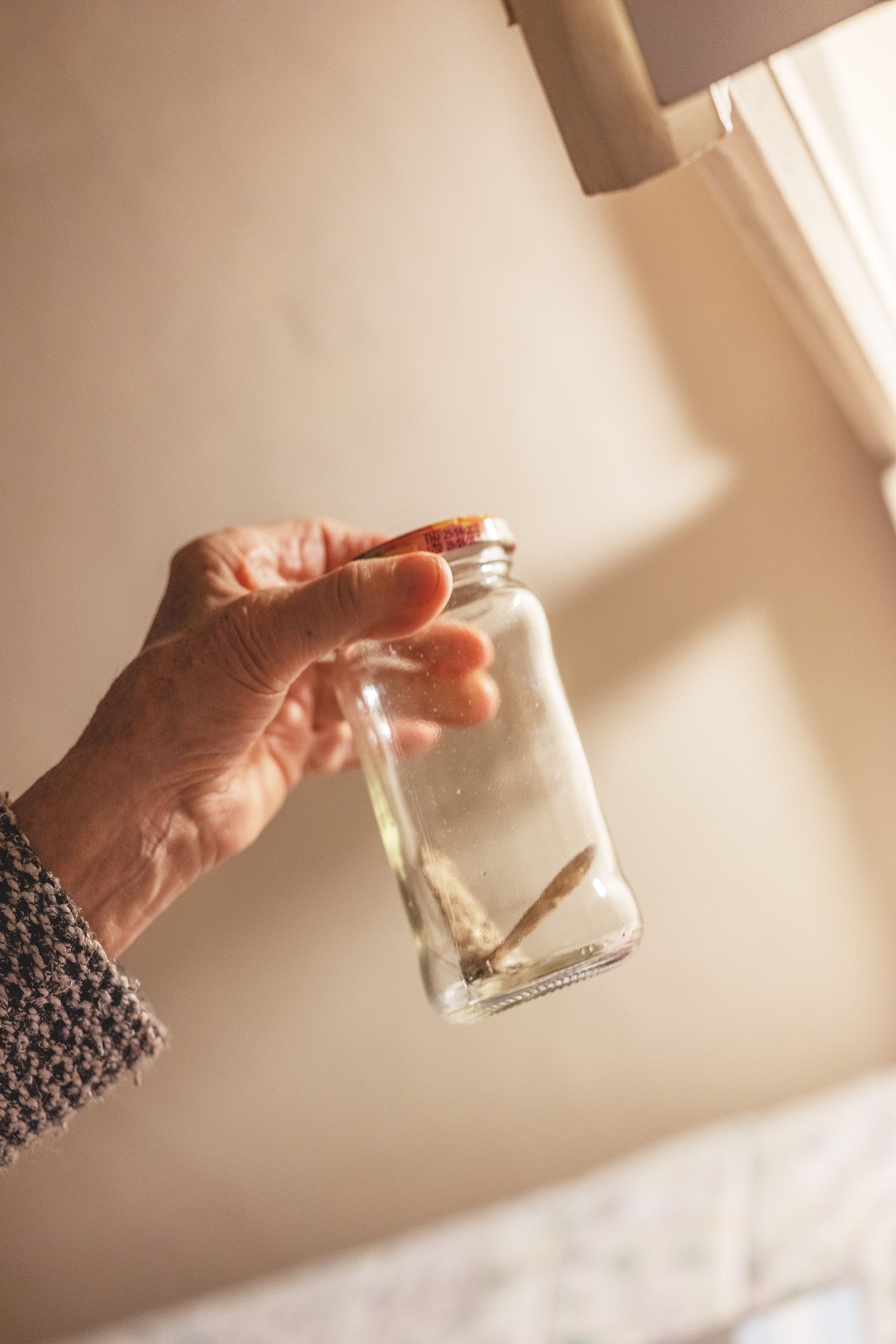
Sabina Mérida Entrocassi
Keywords: Displacement, Belonging, Cultural identity
Internship: Tanit Plana
When I'm back in my parent’s homeland I carry within myself the violence Europe exerts in Argentina. When I am in the country that shaped me and saw me grow up, I am reminiscent of the violence that is employed over there. Never a truthful representation, or never one without cracks in it that distort the image.
My project is about tension. The tension I feel within myself in regards to my identity and belonging, the tension I observe in the streets of Argentina because of its history of violence and looting, the tension that exists among second generation immigrants when trying to pinpoint faithfully where they belong, and failling in many cases since home became a hybrid invisible place that can’t be pointed out in a map. I deal with my artwork with this same premise in mind. In it you can see how delicate, fragile and beautiful things can be accompanied (or more so sustained) by a rough vessel, represented in distressed -almost harmed. I wanted to have these two elements in dialogue, and that is why my prints go along with three sculptures made with glass, extremely fragile, which are held by a heavy metal structure with uneaven edges and a sort of violence in its display. I break and I fix, I am carer and destroyer at the same time, and that is how I feel many times when I am back in my homeland. Not only Agentinian, nor Spanish. I am both. And in both places I act either as an extension of colonial violence or as a vessel for it.
With this visual series, I enact acts of breaking and fixing and question what’s the relation between these two actions. In the deconstruction process of breaking my images, new ones are created, unfolding unexpected stories. I am interested in this unforeseen imagery because, like many second-generation immigrants, I am the offspring of the by-product of colonialism. I break to allow myself the freedom to form something new, imitating what happens in one’s identity when undergoing migratory processes. And later on, I fix it because what is broken can be re-signified by shuffling and welding the pieces back together.
I want to visualise two points in tension, A and B. I speak about all beautiful things that are subjected to a history of colonial violence, and how we’ve been trained to look past it. I speak about the surrender that comes with revealing yourself as fragile.
I want to create a third space that tests if this point C can be materialised through imagery that evokes its potential. A space C that embodies both A and B, embracing the lengths that separate them. A space that reveals our final form as hybrid beings, because all of us have always been C’s.
Not A, not B, but C.
